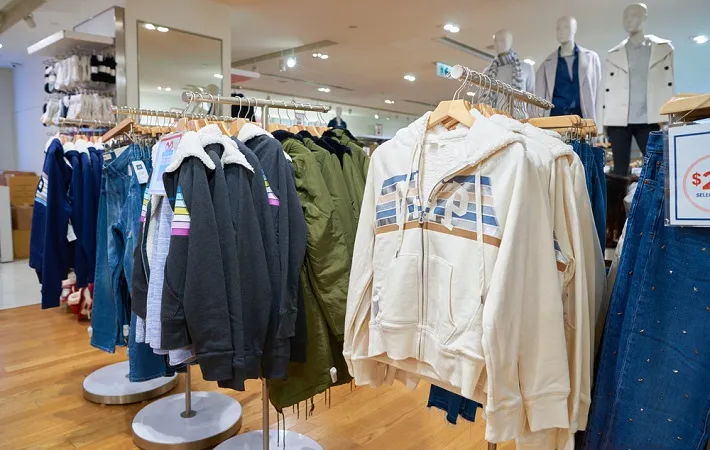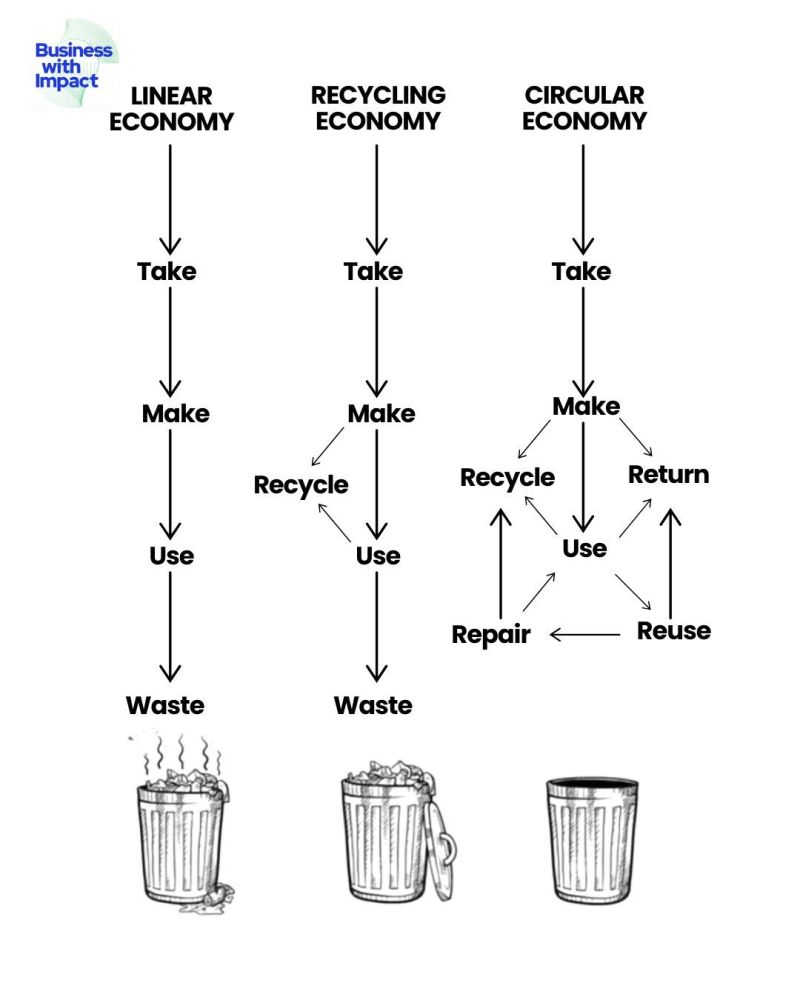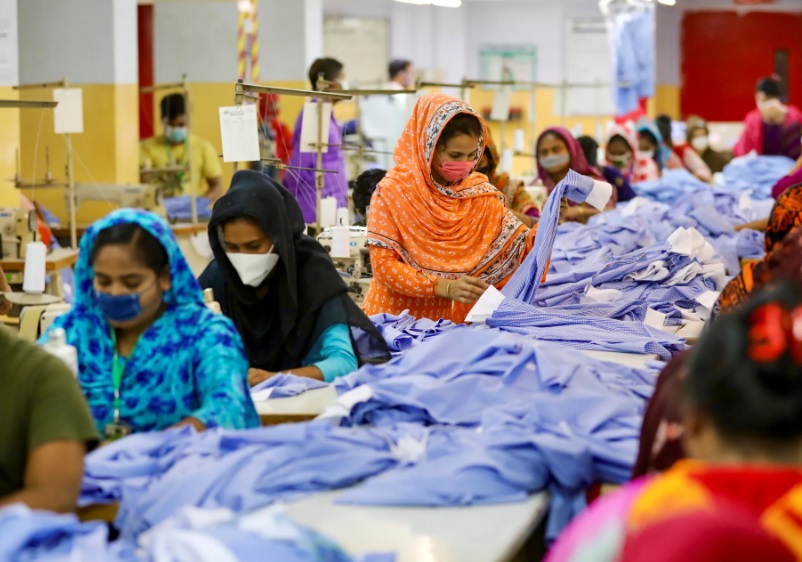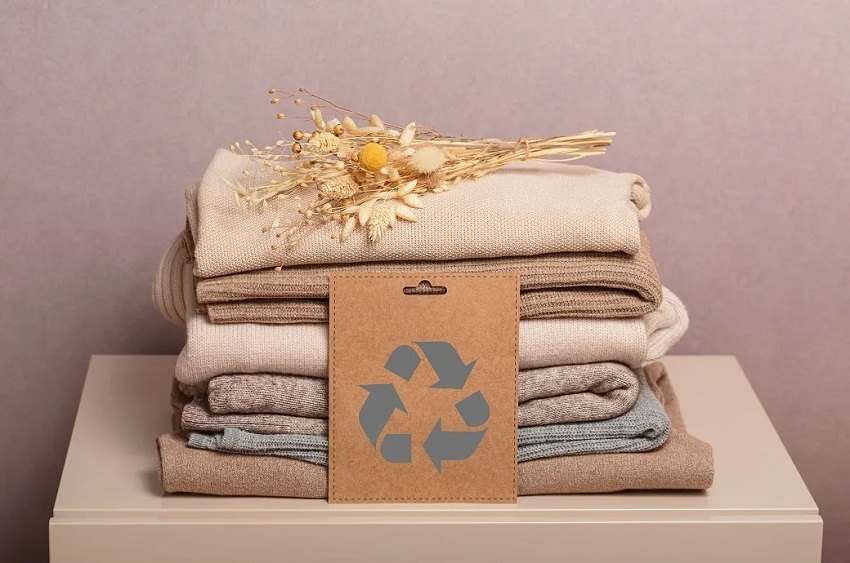
The Council of Textile and Fashion Industries of Australia (TFIA) has outlined a series of priority areas to drive up jobs ahead of Australian elections. TFIA is calling on the government to support the textile, clothing and footwear industry in Australia. TFIA wants the government to give priority in procuring from Australian manufacturers than from international suppliers.
It is looking for an improved strategy in the development of creative design, trade and artisan skills, with further innovative education programs to meet the evolving demand of the industry towards digital production.
TFIA wants the government to support strategy that promotes opportunities for enterprises in the textile clothing and footwear industry of Australia. The body is calling for a reduction of taxes, which will allow it to be globally competitive. The labor body is seeking a reduction in red tape and a more innovative approach to sustainability. It wants clearer country of origin and safety labeling as it believes no-one is taking responsibility for the poor labeling and unsafe products being imported into Australia.
Compared to harvest of about 82,000 tons of cotton in the previous season, around 43,000 tons of cotton was produced in 2012-13. Cotton is one of Paraguay's oldest crops, grown since the time of the Jesuit missions. The government encouraged cotton production after the crop was nearly wiped out by the War of the Triple Alliance. Cotton was especially suited to the Paraguayan climate and soils and was grown primarily by small farmers in the central region. Cotton farming experienced extremely rapid growth in the 1970s and 1980s.
Exports of cotton from the Latin American country of Paraguay were affected due to a drastic reduction in cotton harvest during the 2012-13 season. Cotton exports earned $20.3 million in foreign exchange for Paraguay, showing a significant decline of 39.4 per cent compared to last year’s earnings of $ 33.5 million.
From January to July 2013, the bank recorded total cotton shipments at 10,917 tons, a drop of 40.5 per cent over 18,348 tons of exports recorded during the same period last year. The decline in exports was mainly due to fall in production, as drought affected the northern part of the country at the beginning of the year, and also because cultivation was delayed.
The late arrival of transgenic seeds was the main reason for a delay in sowing, as farmers were reluctant to produce cotton with outdated varieties. Bad weather, fall in cotton prices, and non-payment of announced subsidy by the government are cited as other reasons for the decline in cotton output this season.
Compared to harvest of about 82,000 tons of cotton in the previous season, around 43,000 tons of cotton was produced in 2012-13. Cotton is one of Paraguay's oldest crops, grown since the time of the Jesuit missions. The government encouraged cotton production after the crop was nearly wiped out by the War of the Triple Alliance. Cotton was especially suited to the Paraguayan climate and soils and was grown primarily by small farmers in the central region. Cotton farming experienced extremely rapid growth in the 1970s and 1980s.
US federal agencies have been banned from purchasing garments from Vietnam after the US Department of Labor's Bureau of International Labor Affairs said it believes clothing is being produced using forced or indentured child labour.
The Bureau of International Labor Affairs said based on the evidence it reviewed there are more than isolated cases of forced child labour in garment production. It noted these cases predominantly occur in small unregistered workplaces.
"In many countries, laws, policies and programs that are effective for registered factories are less effective at reaching children and other exploited workers in unregistered, more hidden work settings, and this appears to be the case in Vietnam's garment industry," the ruling said.
It added that in January this year, two Department of Labor officials visited the country to assess the current situation of forced child labour in Vietnam, with a focus on the garment sector, to gather additional information about the efforts and systems in place to combat this problem. Following meetings, the officials confirmed that most, but not all, child labour in the garment sector occurs in small, unregistered workshops.
"The visit confirmed that systematic monitoring of forced or indentured child labour in the garment sector is limited and largely confined to the larger, registered factories. There is no evidence of systematic monitoring of child labour in smaller, unregistered workshops," the ruling said.
Colombia has discussed with Panama the lifting of tariff measures on the import of apparel from the Colon Free Zones (CFZs), a free trade zone in the port of Colon, Panama. The countries reviewed the issue of extraordinary tariff collection that applies on Panama’s exports of apparel from the CFZs. Colombia has announced a review on the special duty of US $5 per kilo charged on the imports of apparel from CFZs.
In March 2013, Colombia had imposed an additional $5per kilo duty on apparels imported from other countries, including Panama, irrespective of the price of the imported product, while reducing the tariff on textiles and apparels from 15 to 10 per cent. The duty affects apparel exporters from Panama’s CFZs, and exporters had voiced their opposition even during the talks for Colombia-Panama Free Trade Agreement, the negotiations of which ended in June 2013.
The Colon Free Zone is a gigantic entity at the Atlantic gateway to the Panama Canal, dedicated to re-export an enormous variety of merchandise to Latin America and the Caribbean. It is one of the pillars of the Panamanian economy. Imports and exports registered in the Colon Free Trade Zone surpass 5 billion dollars annually, directed towards a market of more than 525 million consumers.
Alpaca fiber, both from Peru and Australia, is in high demand in the luxury apparel market across the world. This is mainly due to its natural range of colors and other environment-friendly qualities.The Peruvian Society of Registered Alpaca (SPAR) recently exported 7.1 ton of high quality alpaca fiber worth $1,25,000 to Italian fabric manufacturing company FratelliPiacanza, known for manufacturing high-quality garments.
Australian alpaca fiber is extremely soft as compared to other fibers and therefore is suited for luxury next to skin wear garments. The vibrant range of natural colors of alpaca fibers provides it a clear product differentiation from other fibers as there is no need for use of harsh chemicals during the dyeing process. The fact that alpacas are often reared in welfare friendly conditions also carries a distinct advantage.
An alpaca is a smaller version of the animal llama. Alpacas graze at elevations of 10,000 to 14,000 ft on the Peruvian Andes. Their thick, sumptuous coats grow naturally in over 40 shades-from ivory to black, with all the greys and browns in between. Lighter shades of the fleece also take dyes beautifully. Alpacasare tended to by Andean herdsmen, who shear them every other year at the onset of the rainy season. The yield is about eight pounds of fleece per animal. Most of the fleece sheared from the first clip is classified as baby alpaca.
The apparel industry in Bangladesh needs to improve its image for guaranteeing the country's long-term prosperity. The collapse of Rana Plaza in Dhaka in April 2013 sent shockwaves through the textile and clothing industries. More than 1,100 lives were lost in the incident, and Bangladesh's reputation as a reliable low- cost location for clothing suffered a severe blow in the eyes of consumers and major brands.
Some western buyers have cancelled orders in the aftermath of the Rana Plaza collapse and placed them elsewhere. Moreover, a number of Bangladeshi factories have been blacklisted. There is a danger that retailers and consumers will view cheap clothing from Bangladesh as coming at too high a cost in human terms, and that they will prefer other countries where costs are low but similar tragedies have not occurred -- such as Cambodia and Vietnam.
Sales in the US import market could be negatively affected following a decision by the US government to suspend Bangladesh's preferential duty treatment under the Generalised System of Preferences (GSP) scheme, and Bangladesh's preferential access to the EU could also be revoked if the government does not take necessary steps to significantly improve building safety standards and overall labor conditions in the country.
The government and major brands need to work together with suppliers to change the apparel industry into one in which there are safe factories, decent wages and respect for workers' rights. However, gains will only be sustainable if the added labor costs are absorbed by buyers as well as manufacturers.
The apparel sector has set itself a target of $5 billion in 2015 through garment exports.“A further $1 billion is targeted from the emerging new markets in China around that time, together it will make the apparel sector worth nearly $7 billion before the end of 2020,” Tuli Cooray, Secretary-General of JAAF said. President Mahinda Rajapaksa in his capacity as Finance Minister recently released a gazette notification titled ‘Commercial Hub Regulation No: 1 of 2013’, which will be applicable to all new enterprises established or incorporated in Sri Lanka.
Speaking about its benefits the apparel industry could accrue under this new regulation, Cooray said that the sector alone would anticipate an additional foreign exchange turnover of $1billion by year 2018.“We will mobilize all our existing resources to promote the new opportunity that has been opened and significantly improve our participation in reinforcing the national economy”, the Secretary-General added.
“The JAAF has played a vital role in the formulation of new regulation and actively participated in most of the consultative processes capitalizing on the government's ‘Open Forum’ policy where input from all shades of stakeholders were considered before the CHR was introduced,” he added. When the Bill for the introduction of Commercial Hub regulation was introduced in Parliament, it was challenged in the Supreme Court through a petition in the mid part of this year and the JAAF collective stood by the Bill and intervened as an interested party and cited its implementation justifiable as it was in the best interest of the country.
“The five year Strategic Plan of the JAAF which was rolled out in 2010 has outlined the significance of enhancing its present role as a manufacturing and supplying garments to a totally integrated solution provider for the international apparel sources, facilitating end to end solutions starting from research and development, supply chain services, logistics etc. Three years on, our achievement is significant,” he stated.
Argentina’s Global Compact Network and Sustainable Textile Center has launched the Code of Conduct and Handbook of Textile and Fashion.The textile and fashion industry is important for Argentine economy, but from the point of view of sustainability, this industry often operates at the expense of the environment and social factors.
The code was developed by the Nordic Fashion Association and the Nordic Initiative Clean and Ethical (NICE) in partnership with the United Nations Global Compact (UNGC). The initiative for preparing a code, specifically for the textile and apparel sector, was proposed by the UNGC in May 2012 at the Copenhagen Fashion Summit in Denmark.
Many companies recognize the need to collaborate and partner with governments, civil society, labor and the United Nations. The UN Global Compact is a strategic policy initiative for businesses that are committed to aligning their operations and strategies with 10 universally accepted principles in the areas of human rights, labour, environment and anti-corruption. This can help ensure markets, commerce, technology and finance advance in ways that benefit economies and societies everywhere.
With over 10,000 corporate participants and other stakeholders from over 130 countries, the Global Compact is the largest voluntary corporate responsibility initiative in the world.
Bangladesh is about to finalize a deal to import cotton from Uzbekistan. This will ensure the supply of 200,000 tons of cotton annually for the Bangladesh textile industry.Uzbekistan is the sixth largest cotton producer in the world with 4.6 million bales produced in 2011. The two countries already exchanged the draft of the memorandum of understanding (MoU) which is now under scrutiny.
The draft MoU states that both parties will cooperate with each other for direct delivery of raw cotton from Uzbekistan to Bangladesh on a regular basis. The Uzbek state-run foreign trade companies namely 'Uzprommashimpex', 'Uzinterimpex' and 'Uzmarkazimpeks' will supply the cotton to any importer registered in Bangladesh.
About 35 per cent of the total cotton imports to Bangladesh is from Uzbekistan. Bangladesh and Uzbekistan had agreed for cooperation on various bilateral trade issues including cotton supply in a meeting of the Joint Working Commission for Trade and Economic Cooperation held in Tashkent in May 2012.
Bangladesh is also holding talks with India for getting 1.5 million bales of cotton a year. The country's yearly requirement of cotton is nearly 4.0 million bales, of which 0.12 million bales are produced locally. Rest of the demand -- nearly 98 per cent -- is being met by importing it from various countries.
Bangladesh’s export earnings witnessed a robust 24 per cent rise in July 2013 compared to July 2012, thanks to a significant growth in the shipment of readymade garments.The garment sector witnessed negative growth in July 2012 but one year later, in July 2013, the growth has turned positive. In July 2012, export growth was only 4.26 per cent against the earnings in July 2011.
Government officials and garment manufacturers have termed the growth as excellent considering the recession and recent incidents in the apparel sector that have drawn huge local and international attention. Bangladesh has sent trade delegations to new markets like China, Japan, Africa and Latin America to reduce the dependency on the European Union and US markets. It’s also focusing to diversify into products like leather, shrimp and light engineering products.
However the low-cost country retains its allure for cost-crunching global retailers despite deadly incidents. Duty-free access to western markets and low wages has helped make Bangladesh the world’s second-largest apparel exporter after China. From spinning to weaving, from knitwear to leisurewear and high street fashions, the textiles and clothing industry is Bangladesh’s biggest export earner. The country’s garment industry employs four million workers and generates 80 per cent of Bangladesh's export earnings.











